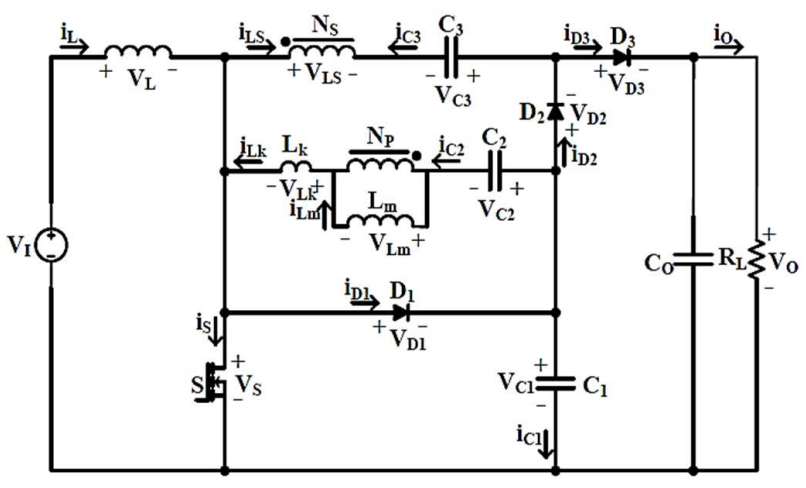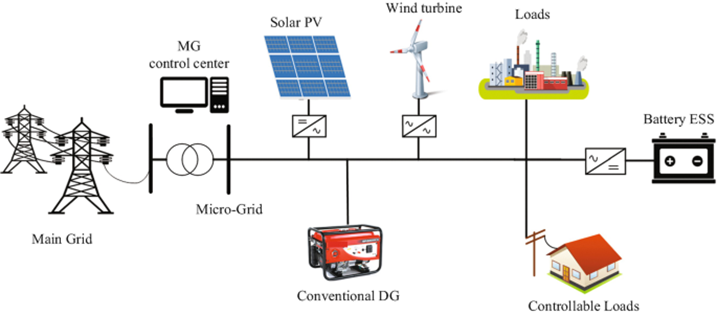Found 2 results
Article
29 January 2024A Novel High Step-up DC-DC Converter Using State Space Modelling Technique for Battery Storage Applications
This paper focuses a novel non-isolated coupled inductor based DC-DC converter with excessive VG (voltage gain) is analyzed with a state-space modeling technique. It builds up of using three diodes, three capacitors, an inductor and CI (coupled inductor). The main switch S is turn on due to body diode and voltage stress is reduced at the switch S by using diode D1 and Capacitor C1. This paper focuses on design modelling, mathematical calculations and operation principle of DC-DC converter is discussed with state-space modelling technique. The performance has been presented for two different voltages for EV applications i.e., 12 V, 48 V as input voltages with an high step-up outputs of 66 V and 831.7 V respectively. The converter stability is studied and determined the bode plot along with simulation performance results which are carried out using MATLAB R2022B.

Review
14 November 2023Microgrids Overview and Performance Evaluation on Low-voltage Distribution Network
Besides the increase in global energy demand, access to clean energy, reduction in greenhouse gas emissions caused by conventional power generation techniques, energy security, and availability of electricity in remote villages in emerging nations are some of the factors that foster the use of renewable energy sources (RESs) in generating electricity. One of the aims of initiating microgrids (MGs) is to maximize the benefits of RES while alleviating grid-connect issues. Microgrids are interconnected RESs and electrical loads within clearly delineated electrical limits that operate as individual controllable units on the electrical network. It can operate independently and be grid-connected. The paper presents a review and performance assessment of renewable energy-based microgrids under various operating scenarios in stand-alone, grid-connected, and transitioning modes of operation. Fault occurrences, an increase in micro-source generation, a load increase, and the sudden disconnection of a micro-source are some of the simulated scenarios. Microgrid network components’ performance, such as the bidirectional DC-DC converter and energy storage system (ESS), was evaluated. The simulated microgrid architecture includes a small hydroelectric plant, wind farm, and ESS. The work provides valuable information to energy stakeholders on the performance of microgrids in low-voltage distribution networks. The microgrid is coupled to a low-voltage distribution network (0.415 kV) via a PCC. The system under investigation is modeled and simulated using MATLAB/Simulink. From the simulation analysis, the fault effect was felt on the utility and did not escalate to the microgrid side during stand-alone operation. Power quality issues, such as voltage rise, are some of the challenges identified during the transition from one mode of operation to another. However, the energy storage system responds to disturbances and maintains system stability. The originality of this paper is based on evaluating different modes of operation of microgrids and comparing system performances under various operating conditions.
